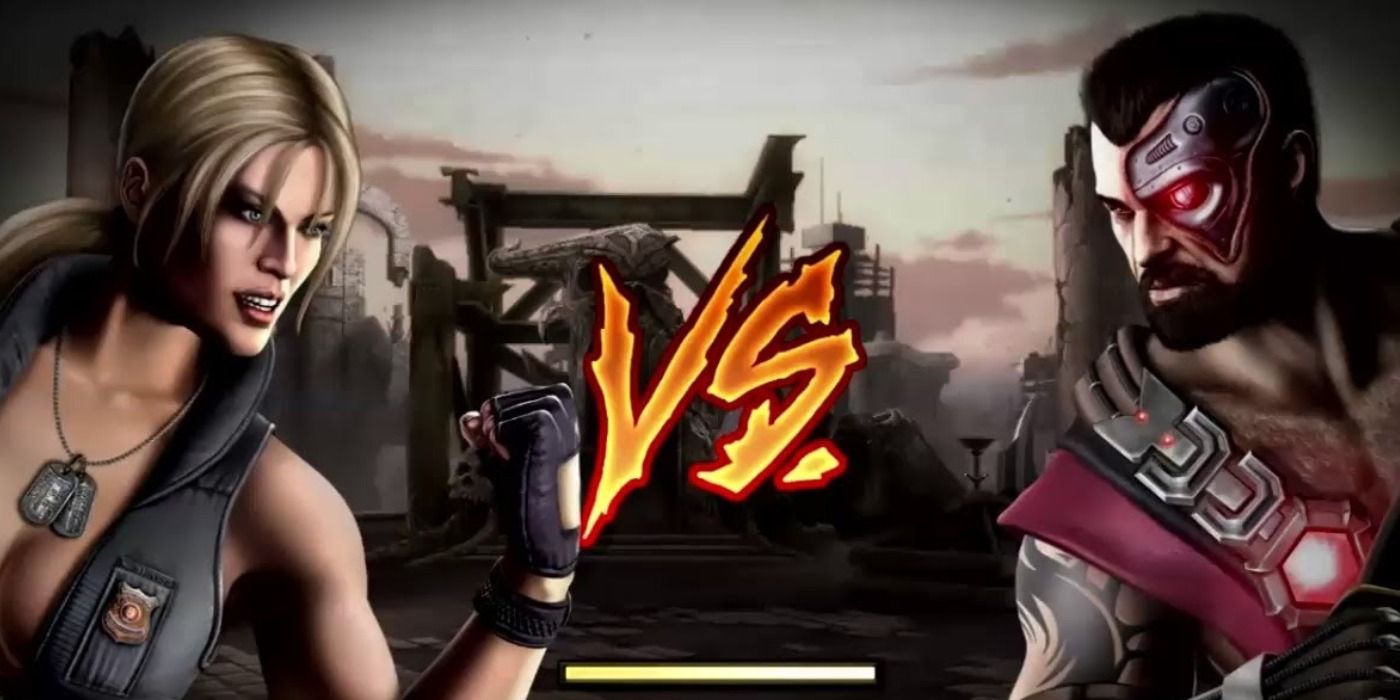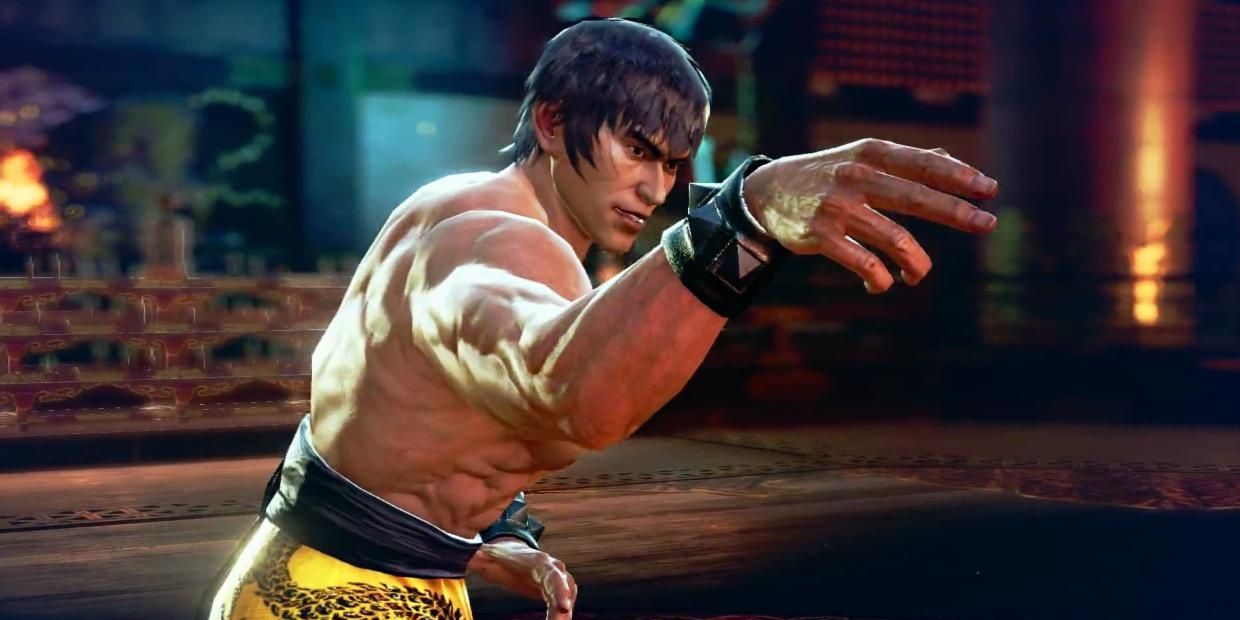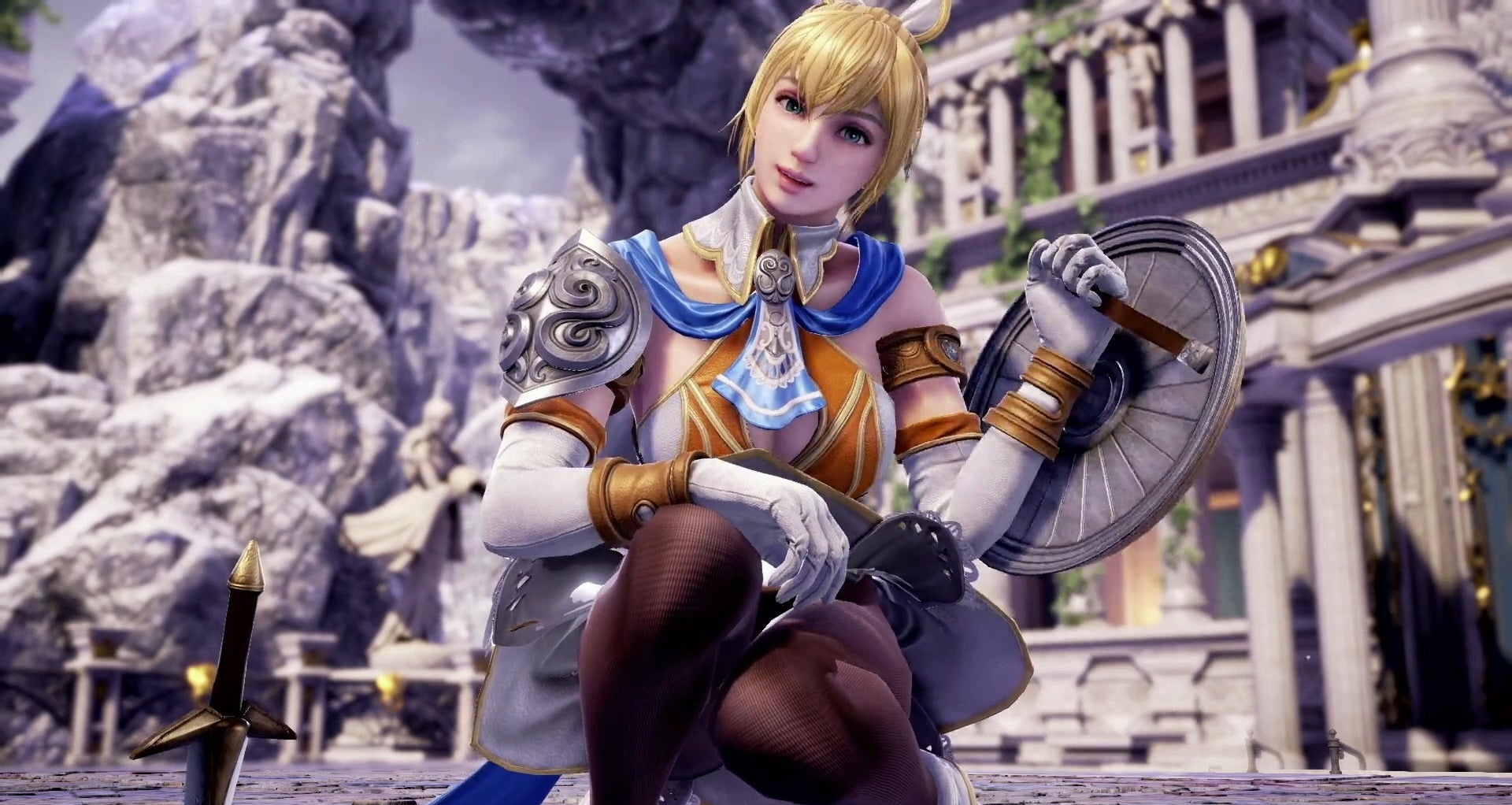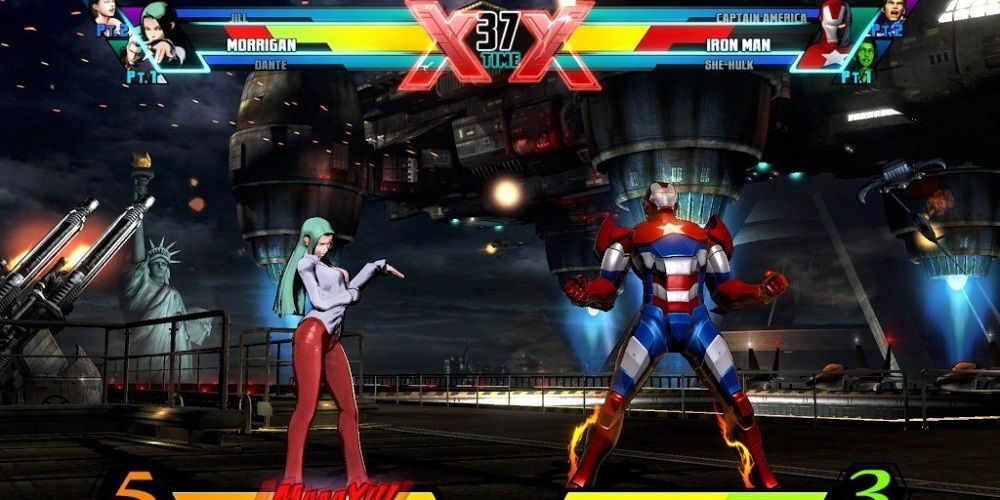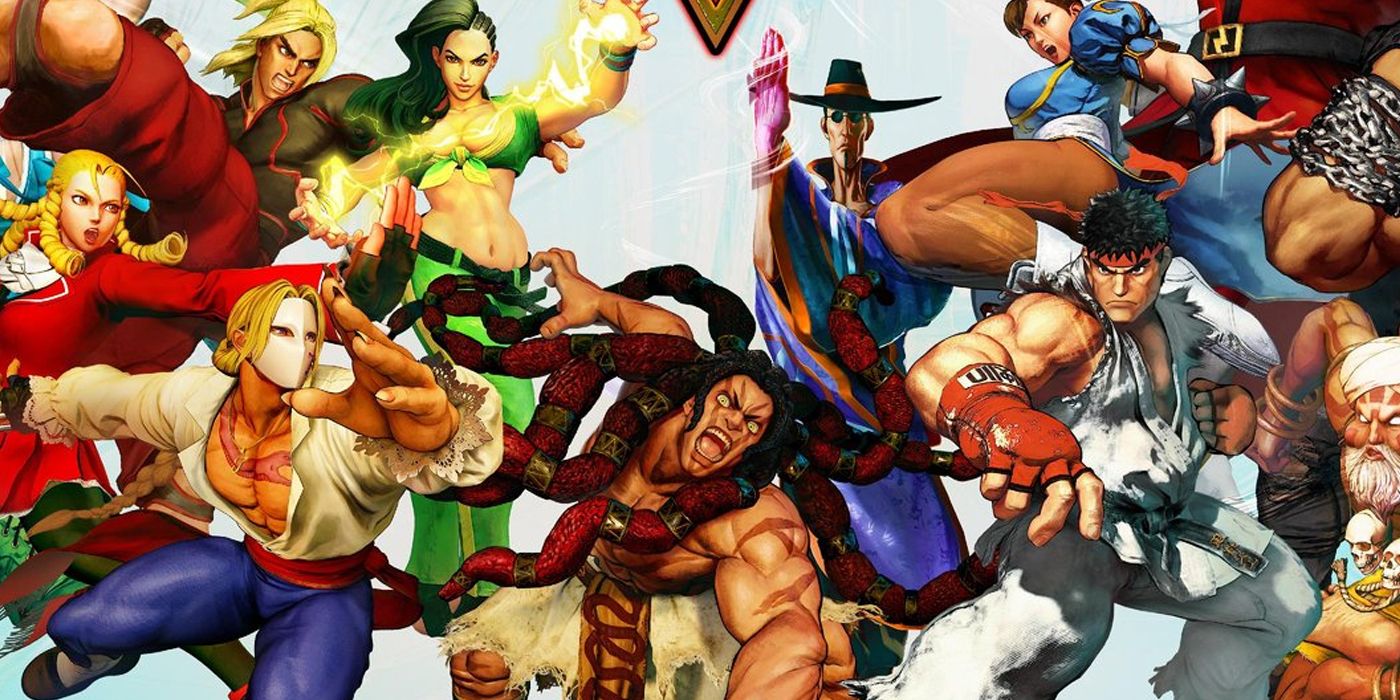Fighting games are in a very prolific period right now. While they aren't what could be considered mainstream, they have a thriving community (the Fighting Games Community or FGC) and several new titles in the genre are released annually. This year, for example, saw the release of games such as Samurai Shodown, Dead or Alive 6, and the biggest of them all, Mortal Kombat 11.
However, except for Mortal Kombat 11, all of these games follow a trend that has been prominent in the fighting game genre for some time now. The single player content is lacking. These games may have a story mode, an arcade mode, and a survival mode but there's little else. Unfortunately, though, this is an improvement over many fighting games released today. Street Fighter V launched without an arcade or story mode, while Tekken 7's arcade mode is severely truncated, and The King of Fighters XIV has about as many single-player modes as an early 1990s release.
Fight For Your Worth
It wasn't always this way, of course. Back in the mid to late 1990s, fighting games had a lot of modes to keep you entertained. The 16-bit era of consoles treated fighting games as arcade ports, meaning all you got was an options menu and (maybe) a dedicated versus mode. Otherwise, it was a straight port of the arcade version. With truncated sound and graphics, of course. However, starting with Super Street Fighter II: The New Challengers, Double Dragon V: The Shadow Falls, and Teenage Mutant Ninja Turtles: Tournament Fighters, additional modes started being added. Double Dragon V: The Shadow Falls and Teenage Mutant Ninja Turtles: Tournament Fighters had the distinction of being fighting games made specifically for the consoles. They each had a story mode separate from the traditional arcade ladder that contextualized the game's story, which traditionally only existed in the game manual.
The 32 and 64-bit generation of consoles solidified this with Tekken 2 and Virtua Fighter 2, which had multiple extra modes. In addition to an arcade mode (which unlocked characters in Tekken 2), there was team battle, survival, time attack, ranking, and expert mode. It was also at this time that training mode was introduced, which would prove to be invaluable and essential to fighting games going forward. Street Fighter and Mortal Kombat would follow suit with Street Fighter Alpha: Warriors' Dreams and Mortal Kombat 4 adding team and dramatic battle mode respectively, as well as training. It seemed that as fighting games were being made more for consoles rather than arcades, it became important to make sure the games had value. The genre had also reached its peak and developers were experimenting with what was possible.
Peak of the Genre
Towards the end of the 1990s, the peak amount of content would be achieved. Starting with Soul Blade in 1997, a dedicated story mode with elements of adventure and RPG titles would be introduced. Each character in Soul Blade had a path with unique fight situations, including being poisoned and fighting more than one opponent, as well as large amounts of story and lore and unlockable weapons with different properties that could be used in other modes. Tekken 3 would introduce a brawler mode with its own campaign: a game within a game. Street Fighter Alpha 3 introduced world tour mode, which was a pseudo-RPG mode where you would earn experience and build up your stats as well as equip boosters that give you special properties, such as build meter quickly or Infinite Guard.
The 2000s were not kind to the fighting games genre. Companies like Capcom decided to move on as the genre had become over-saturated. However, other companies like Namco continued and their Tekken and SoulCalibur series proceeded to have multiple modes. Tekken 4 and 5 expanded on the brawler sub-mode, all while keeping the modes they had introduced in Tekken 2. SoulCalibur experimented with its story mode, transforming it into a mission mode for SoulCalibur I and II, and a turn-based strategy game in SoulCalibur III. SC3 also featured a challenges mode, where you needed to complete difficult fights and fight conditions, and character creation, where you can create your own fighter.
The Mortal Kombat series also continued by adding its own story mode (called Konquest) and other modes of other genres. (Perfect example? Mortal Kombat virtual chess and a kart racer with Mortal Kombat characters.) It was also at this time that Virtua Fighter 4 would introduce the Kumite Mode, which has you build your fighting knowledge and rank by fighting AI based on real-life players. This mode would make its way into other fighting games, where it remains to this day.
Rise of the Online Warrior
With the start of the eighth generation of fighting games, less content started to be included. Both Tekken 6 and SoulCalibur IV didn't add much to the game, and SoulCalibur IV had even less to offer. However, the return of Street Fighter with Street Fighter IV re-popularized the genre but also proved that all you needed in a fighting game to be successful was online play. Despite the only single-player modes included in the game being arcade, training, and challenge, the game sold extremely well and few players complained about its lack of modes. Capcom would continue this with Marvel vs. Capcom 3: Fate of Two Worlds with only an arcade, training, and this strange card-based mission mode that was half developed.
As more fighting games were produced in the wake of Street Fighter IV's success, they would follow in that game's example. Street Fighter X Tekken would have a similar set of modes. SoulCalibur V would have a paltry arcade mode and a disappointing story mode whereas all of its attention was on the game's online features. The Mortal Kombat reboot stripped the kart racing and chess modes for a challenge mode, although they would vastly expand on the story mode, and return to having a lot of single-player modes in later games. If you wanted a fighting game that included a lot of modes in the 2010s, you typically needed to get a Japanese made title like Guilty Gear or BlazBlue, and even Guilty Gear Xrd featured a truncated list of modes.
Only The Lonely
The reason for the reduction of modes is simply because while Street Fighter IV proved that there was an audience for these types of games still, they have never reached the success or popularity of its 1990s heyday. Furthermore, because the community is so dedicated, similar to the arcade scene, they get the most enjoyment out of playing the game with each other -- not against the AI. When you hear about how great Ultimate Marvel vs. Capcom 3 is, no one is talking about the lack of modes; they only mention the gameplay. If anything, you might hear about how abysmal the netcode is since online play is all the FGC is really invested in. Therefore, it no longer became sensible to devote resources to these modes that no one was playing. Or so it seemed.
As mentioned before, Street Fighter V released with no arcade mode. Street Fighter V also sold miserably and even when they finally added arcade mode to the game, the damage had been done. Single-player modes are important for those who play casually as it gives them something to do at their own pace since an AI can have its difficulty raised or lowered. A casual player doesn't want to play against a fan of the series who has played the game for dozens of hours and can beat a newbie in seconds. The success of Mortal Kombat X and 11 can also be attributed to all the single-player modes that game has. The budget may not be there as fighting games aren't as profitable as they used to be but if the genre wants to grow in popularity, it'll need to cater to the solo players as well as the competitive players.

